
Smart Strategies for Hiring Plastic Injection Molding Companies
Whether you’re about to ramp up existing production or add a new product line, you’re probably experiencing a mixture of excitement and apprehension. You may
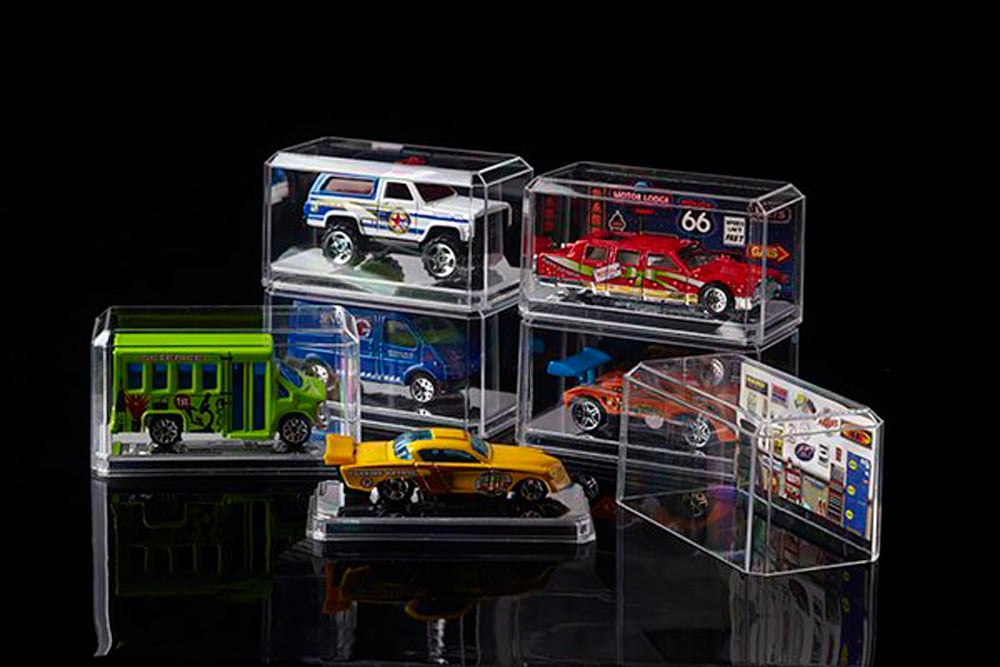
As a collector, you know that one of the biggest joys of your collection is getting to look at your favorite items and show them to others. A collection that you can’t see isn’t as magical as one that’s well-displayed.
However, your collection is also valuable, emotionally and monetarily. It’s vital that you protect it correctly if you’re going to keep it where you can see it every day. That’s why so many collectors turn to display cases to keep their prized possessions safe, sound, and on display in their homes or offices.
There’s more to display cases than merely showing off your collection, of course. A good case can protect your collection and highlight its best features. Here’s everything you need to know about display cases, why you should use them, and how to choose the right one for you.
Despite the name, display cases have more than one purpose. A good one can and should do multiple things at once. Here’s what great display cases accomplish for serious collectors:
You may not realize it, but your home is full of potential dangers for your collectibles.
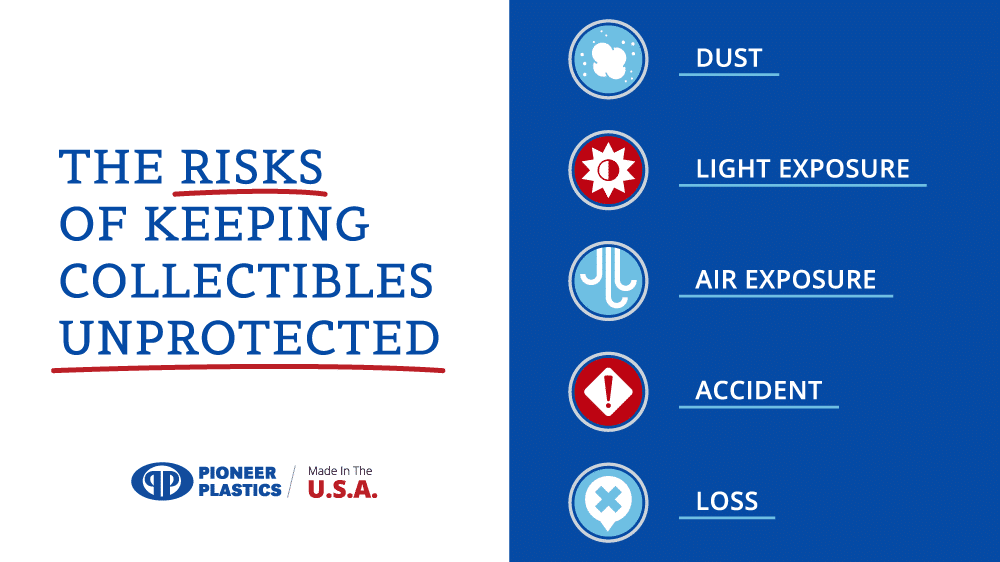
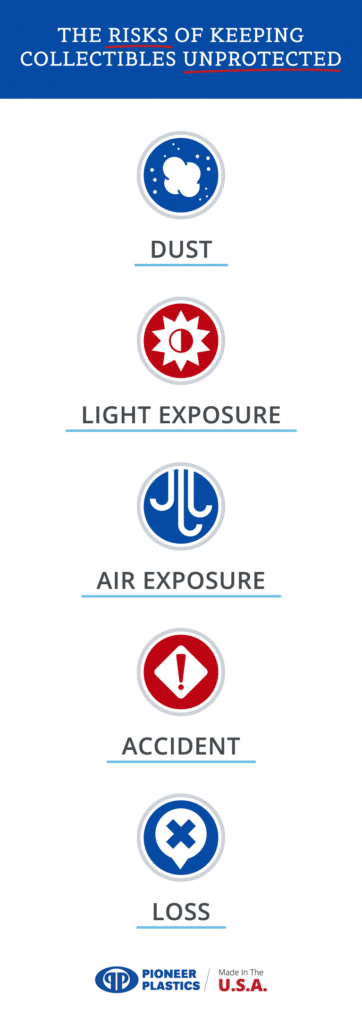
The benefits of keeping your collectibles properly displayed and protected are many. First, you get to see the things you’ve worked so hard to collect and show them to your friends. Second, the right display case can keep your memorabilia safer than it would be anywhere else.
Third, collections that are kept decaying in storage or left to fall apart on an unprotected shelf can quickly lose their value. Keeping your collection well-protected and on display allows you to preserve your investment while still enjoying it.
There are as many types of display cases as there are collectibles you might want to display. Here’s the breakdown of the most common types you might choose.
Sports have been around for centuries, so there’s plenty you might want to collect. Sports display cases are designed to show off everything from signed, game-winning balls to jerseys worn by your favorite player. These cases may have stands, hooks, or shaped exteriors to showcase items as well as possible.
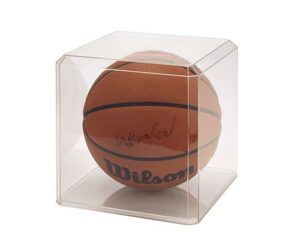
From action figures to Funko Pops to Rubik’s Cubes, there are plenty of beloved toys you might want to show off. Toy display cases are shaped to fit the toys they’re intended to hold, so they can come in many shapes and sizes. You can also get toy display cases with mounts to keep your toys steady and upright.
The world of collectible sneakers is growing daily. Many sneaker enthusiasts consider their collection for display only, which means they need a way to show off their kicks without putting them on their feet. Shoe display cases are longer than they are tall, and taller than deep, to show off the shoe without exposing it to too much air.
Diecast collectibles like cars are a perennial favorite. These small-scale collectible display cases come in sizes from 1/18 to 1/64 scale, so there’s bound to be a case to fit the car you want to show off.
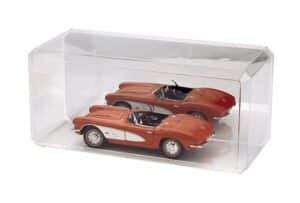
There are almost as many case sizes as there are collectibles to put in them. Each type of collectible comes with its own dimensions that need to be accommodated by the case. A jersey display case will obviously have very different dimensions from a baseball bat case, which will differ from a baseball case.
For diecast objects, you can look for cases in sizes like:
You can also find cases that are designed to fit specific objects, like balls, mini helmets, and even bobbleheads. It’s simpler to search for cases made for the item you want to store than by specific dimensions in many cases.
You obviously want to show off your collectibles as well as possible. Good display cases will include unique features that make this easier. Features you can look for include:
Every object has its own display needs. Taking the time to find the cases that show your collection to its best advantage will make you happier with your items for years to come.
There are plenty of memorabilia types that you might want to preserve in a case. Here are just a few of the most common types of collectibles that are best stored in a protective display case:
There are two main types of clear display cases: glass and clear plastic. Both types allow collectors to easily show off their favorite items without leaving them open to the air and damage. However, that’s where the similarities stop. There’s a big gap between glass and plastic display cases, and choosing the right one makes all the difference.
Glass display cases have a long history. Through the 19th century, glass was the only transparent material available, so it was the de facto choice for display cases. High-quality glass can be perfectly clear and reasonably strong, so it could protect collectibles from certain kinds of harm.
However, modern plastic display cases have some significant benefits over glass. For example, glass is notoriously fragile. Most glass cases will shatter if they’re dropped from more than a few inches. Instead of protecting the objects they hold, they can actually damage them in the case of an accident.
Modern plastic display cases are much less fragile. Instead of shattering, they can withstand a drop of several feet without suffering more than a crack. That keeps collectible items protected instead of being dropped into a pile of broken glass.
Plastic display cases are also much lighter than their glass counterparts. It’s easier and safer to stack multiple plastic cases on top of each other or to put many on a single shelf. There’s less risk that the weight of the cases will overwhelm your display location. Glass cases, on the other hand, can become very heavy, especially if they’re designed to store larger objects.
Finally, glass cases are much more costly than plastic. With modern injection molding techniques like the ones used by the plastic case masters at Pioneer Plastics, it’s simple to produce crystal-clear cases in any shape and size while keeping them airtight. Glass cases, on the other hand, require special care in production and shipping that quickly adds up. Even a small flaw in the manufacturing process can make them leaky, leading to damaged collectibles in the long run.
You’ve put in the time and effort to build a collection worth being proud of. Now, take the final step and protect your prized items with a case that meets your needs. With a crystal-clear plastic display case from Pioneer Plastics, you can keep your collection safe from time and the elements while still keeping it in plain sight.
The right display case is just a click away. Find the case that fits your needs, whether you collect dolls, balls, or cars. Pioneer Plastics makes every size and shape of display case that you could need.
Matchbox® and Hot Wheels™ are registered trademarks of Mattel, Inc. Pioneer Plastics, Inc. is not affiliated with or endorsed by Mattel, Inc. All trademarks are the property of their respective owners and are used for identification purposes only.
The information provided in this content is for general informational purposes only and should not be considered professional advice. It is advisable to consult with a qualified industry professional before taking any action based on this information. The team at Pioneer Plastics is here to assist you with any questions you may have.

Whether you’re about to ramp up existing production or add a new product line, you’re probably experiencing a mixture of excitement and apprehension. You may

Pioneer Plastics, based in Dixon, Kentucky, is a leading custom plastic injection molding manufacturer with a rich history of service and innovation within the plastics

In today’s dynamic manufacturing world, finding a production method that is both efficient and adaptable is crucial for meeting unique customer demands. Custom injection molding
